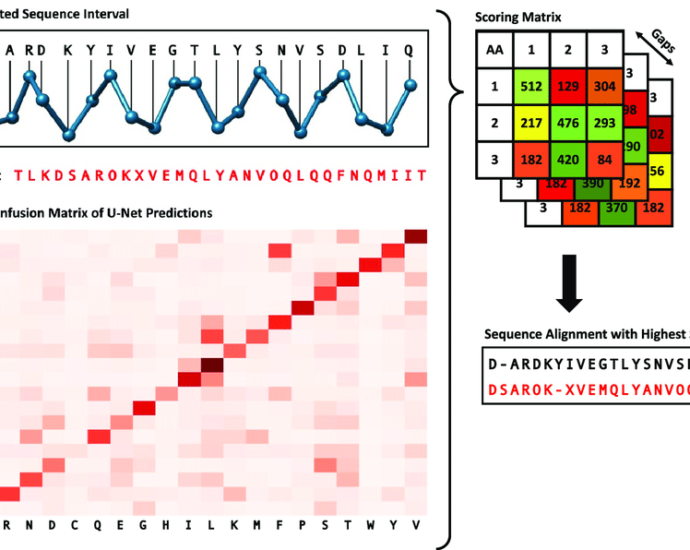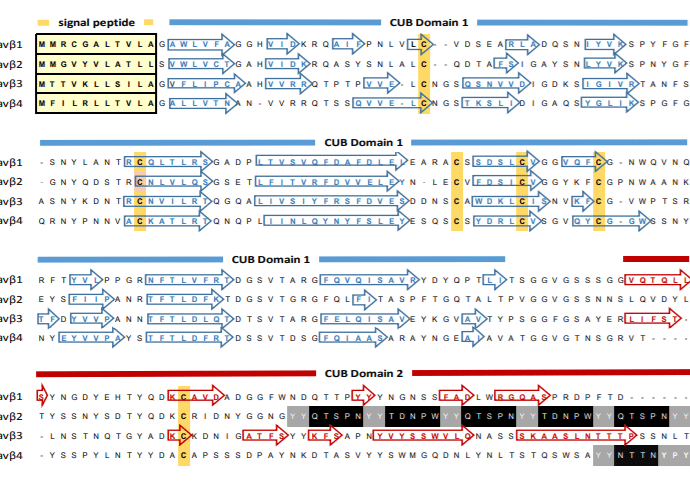FASCINATING ADAPTIVE IMMUNE SYSTEM-A VITAL COMPONENT OF HUMAN DEFENSE.
In this article, we will discuss about the fascinating adaptive immune system. An intricate network of molecules and cells known as the adaptive immune system is vital to the body’s defense against pathogens such bacteria, viruses, fungi, and parasites. It responds to invasive pathogens in a highly particular and customized manner, in contrast to the innate immune system, which offers quick, general defense mechanisms.Continue Reading
FASCINATING WORLD OF WHOLE GENOME ASSEMBLY:TO REVEAL GENETIC CODE.
In this article, we will discuss about the fascinating world of whole genome assembly. The process of recreating an organism’s whole genome from brief DNA sequences produced by high-throughput sequencing methods known as whole genome assembly. These sequences, referred to as reads, each offer a snapshot of a tiny section of the genome, much like the dispersed parts of a puzzle. Scientists can recreate the full genome sequence, exposing its structure, organization, and genetic variants, by aligning and overlapping these reads.Continue Reading
MOLECULAR PHYLOGENETICS:TO STUDY FASCINATING EVOLUTIONARY HISTORY.
In this article, we will discuss about the concept of molecular phylogenetics. Molecular phylogenetics is the study of evolutionary relationships among organisms using molecular data, primarily DNA sequences. By comparing sequences of DNA, RNA, or proteins, researchers can infer the evolutionary history of organisms and construct phylogenetic trees that depict their relatedness. It is the study of evolutionary relationships of genes and other biological macromolecules by analyzing mutations at various positions in their sequences and developing hypotheses about the evolutionary relatedness of the biomolecules.Continue Reading
FASCINATING APPLICATIONS OF PCR:HOW AMPLIFIED GENOME APPLIED IN LIFE.
In this article, we will discuss about the fascinating applications of PCR. PCR has several applications in medical, clinical, industrial, pharmaceutical and research fields. Sex determination, forensic analysis, mutation detection, pharmacogenomics are some examples of real life applications of polymerase chain reaction. PCR is a technique use to amplify a specific segment of DNA, generating millions of copies from a single DNA molecule. The process involves three main steps: denaturation, annealing, and extension. These steps cycled multiple times to produce exponential amplification of the target DNA.Continue Reading
FASCINATING TYPES OF POLYMERASE CHAIN REACTION:TO AMPLIFY THE DNA?RNA.
In this article, we will discuss about the types polymerase chain reaction. It is a laboratory technique use to amplify and create multiple copies of specific segment of DNA/RNA. There are several types of PCR: inverse PCR, reverse transcriptase PCR, multiplex PCR, etc. We have to move towards the different types PCR due to some demerits of traditional PCR such as non-specific binding and amplification, primer-dimer formation and various other deficiencies.Continue Reading
FABULOUS BLOTTING TECHNIQUES : FASCINATING PRINCIPLES, PROCEDURES.
In this article, we will discuss about the blotting techniques, their principles and fabulous procedures. Blotting techniques play a pivotal role in molecular biology, enabling scientists to analyze and visualize biomolecules with precision. These techniques have revolutionized the way we study DNA, RNA, and proteins, offering valuable insights into cellular processes. In this article, we will explore the fundamentals of blotting techniques, their applications, and advancements in the field.Continue Reading
BIOGEOCHEMICAL CYCLES:FASCINATING PROCEDURES AND FACTS OF LIFE CYCLES.
In this article, we will discuss about the biogeochemical cycles. Biogeochemical cycles are the pathways through which nutrient and chemicals transported throughout the ecosystem. There are different types of nutrient and chemical cycles, such as carbon cycle, oxygen cycle, etc. Majority of the cycles have two phases: atmospheric phase and aqueous phase. But some cycles have only one phase. Nutrients are continuously exchanged between organism and their physical environment and it is unlike to the energy flow that flows in one direction.Continue Reading
PAIRWISE ALIGNMENT ALGORITHM: FASCINATING METHODS-BIOLOGICAL SEQUENCING.
In this article, we will discuss about the pairwise alignment algorithm for biological sequencing. In the field of bioinformatics, sequence alignment plays a crucial role in comparing and analyzing biological sequences such as DNA and protein sequences. Alignment algorithms facilitate the identification of similarities, differences, and patterns within sequences, providing valuable insights into the evolutionary relationships, functional annotations, and structural features of biological macromolecules.Continue Reading
ENZYME LINKED IMMUNOSORBENT ASSAY: PRINCIPLE, AND FASCINATING APPLICATIONS.
In this article, we will discuss about the enzyme linked immunosorbent assay. It is a biochemical technique use to detect the presence of antigen, antibodies, proteins and other biological molecules in a sample. The principle of ELISA is based the interaction of antigens and antibodies. It used in detection of diseases and pathogens, concentration of antigen and antibodies and several other biological applications.Continue Reading
BIOLOGICAL SEQUENCE ALIGNMENT: FASCINATING TYPES AND METHODS.
In this article, we will discuss about the biological sequence alignment and its fascinating types. Biological sequence alignment is a fundamental technique used in bioinformatics to compare and analyze DNA, RNA, and protein sequences. It plays a crucial role in understanding the structure, function, and evolution of biological molecules.Continue Reading












